Background
The Rules of our Association require the Nominating Committee to nominate of 24 individuals for election to the IAFSS Committee, 8 (+/-1) from each of the three regions; i.e., Americas, Asia and Oceania, as well as from Europe and Africa. The current IAFSS Committee has 25 members, including 24 members elected in 2014 and one who was co-opted later.
Nominees
1. Luke Bisby, UK
Professor Luke Bisby is Arup Chair of Fire and Structures, Royal Academy of Engineering Research Chair, and Head of the Research Institute for Infrastructure and Environment at the University of Edinburgh. Formerly Acting Director of the BRE Centre for Fire Safety Engineering at Edinburgh, Prof Bisby has published more than 100 peer reviewed technical papers related to Fire Safety Science and Engineering and given dozens of lectures internationally, with a particular technical emphasis on Structural Fire Engineering issues. He is currently Co-Editor-in-ieeif of Elsevier’s Fire Safety Journal (official journal of the IAFSS, and publisher of the 2017 IAFSS Symposium Proceedings), Trustee of the IAFSS, and member of the IAFSS Management Committee since 2014
2. W-K Chow, Hong Kong, China
Professor Chow has published more than 250 peer reviewed journal papers related to Fire Safety Science and Engineering and given dozens of lectures internationally, with a particular technical emphasis on fire aspects of dense urban areas with smart cities, including fire modeling, fire suppression systems, atrium smoke, green building fires and performance-based design on integrating fire safety provisions with buildings and transport systems. Professor Chow is the Chairman of AOAFST (a sub-committee of IAFSS) since 2007. He has chaired and participated in numerous IAFSS and AOAFST meetings including those held in New Zealand, Tsukuba, Hong Kong, Melbourne and Hefei, He has alerted members to the importance of having an SCI fire journal with a high impact factor.
3. Alexis Coppalle, France
Alexis Coppalle is a professor at the National Institute of Applied Sciences (INSA) in France, responsible of the “Fire Safety and Explosions” engineer training courses. He has leaded the group “GdR Feux” supervised by the National Center for Research Scientific. He is involved in several research projects, in particular for French nuclear Industries. He wishes to participate in IAFSS activities dealing with training and education, organising the meetings and Awards.
4. Ritsu Dobashi, Japan
Professor Ritsu Dobashi is located at the University of Tokyo (Department of Chemical System Engineering, Graduate School of Engineering). He has published about 100 papers on Safety Engineering (Flame spread, Fire whirl, Gas explosion, Dust explosion), Safety Management, Combustion Science (Flame front instability). He has served for governmental committees concerning safety, and for academic societies (Fire science, Safety engineering, Combustion, Explosion safety etc).
5. Bogdan Dlugogorski, Australia
Professor Dlugogorski is the Dean of Engineering and IT at Murdoch University. He has more than 300 publications and has advised 30 doctorate students. He and his students developed mechanisms of formation of toxic pollutants in fires and provided insights into properties of fire-fighting foams. He supports IAFSS commitment to research and teaching excellence, to recognising young researchers in the Association and to maintaining the Association’s open and democratic nature.
6. Rita Fahy, USA
Dr Fahy is involved in statistical analyses and modeling of human behavior in fires, including the WTC, and also authors studies focusing on firefighter deaths and socioeconomic factors in civilian fire deaths. She participates in ISO and SFPE committees developing guidance documents related to fire safety engineering, particularly concerning fire-related human behavior. She is currently a visiting lecturer at Lund University and holds a PhD from the University of Ulster.
7. Charles Fleischmann, New Zealand
Professor Fleischmann has been involved in the IAFSS since the 4th symposium and has been honored to serve on the committee for the last 9 years. As chair of the local arrangements committee for the 11th Symposium and the subcommittee on publishing the proceedings he has been actively involved with the association. He would be pleased to continue working on the committee for another term with special interest in advancing the educational committee of the association.
8. Jason Floyd, USA
Dr. Jason Floyd has over 20 years experience in the thermal sciences fields, with more than a decade of analysis, evaluation, and research in thermal and fire protection engineering across commercial, industrial, residential, and defense applications. He is a lead developer of both the Fire Dynamics Simulator (FDS) and the Fire and Smoke SIMulator (FSSIM) software applications. Dr. Floyd is well published and routinely presents research at international meetings. His experimental research includes both basic and applied fire dynamics for a range of applications.
9. Ed Galea, UK
Professor Galea is the founding director of the Fire Safety Engineering Group (FSEG) of the University of Greenwich where he has worked in the area of Computational Fire Engineering for 30 years in the area of Fire dynamics and fire modelling and human behaviour and evacuation modelling. He is the author of over 260 academic and professional publications, he has successfully supervised 27 PhD students in fire and evacuation related studies. He is a Visiting Professor at numerous institutions internationally and an associate editor of the Royal Aeronautical Journal and Safety Science. He has been an active member of the IAFSS since 1985, submitting papers to almost every IAFSS symposium since 1985 and was elected to the IAFSS Management Committee in June 2011 and as Vice Chair Europe/Africa in Feb 2014.
10. Michael Gollner, USA
Michael Gollner is an Associate Professor in the Department of Fire Protection Engineering at the University of Maryland, College Park. He is broadly interested in fire science, using a background in combustion and fluid mechanics to understand fire spread, fire whirls, ignition of homes in the Wildland-Urban Interface, and emissions from fires. He currently chairs the technology committee of the IAFSS whose duties include the website, registration, publications archive, social media, surveys and other member-related tasks. He is a recipient of the NSF CAREER award, IAFSS Prolux Early Career award, IAFSS best poster and image awards, and the NFPA Research Foundation Medal. He holds a Ph.D. in Mechanical Engineering from the University of California, San Diego.
11. Tuula Hakkarainen, Finland
Dr Tuula Hakkarainen works as a Principal Scientist at VTT Technical Research Centre of Finland Ltd. Her main interests are the assessment of fire performance of products for buildings and vehicles, smoke gas analysis, and toxicity aspects of fire effluents. She has been a Member of the IAFSS Committee since 2011. In the Committee, she wishes to promote exchange of information between fire researchers, and the availability of fire science publications.
12. Anthony Hamins, USA
Anthony Hamins has been conducting fire safety science research at NIST (USA) since 1986 and has been a member of the IAFSS Committee since 2005. He served as the Technical Program Chair for the 9th IAFSS Symposium, Program Chair for the 10th Symposium, and IAFSS Vice-Chair (North America) from 2008 to 2014. For the 12thSymposium, he served as Chair of the Awards Committee, Chair of the Emmons Plenary Lectureship Selection Committee, and member of the Symposium Planning and Membership Committees. He has published more than 100 technical papers and reports related to fire safety with an emphasis on the structure and dynamics of pool and compartment fires, fire suppression, and microgravity flames.
13. Longhua Hu, China
Longhua Hu is a full Professor and Director Assistant of State Key Laboratory of Fire Science (SKLFS), University of Science and Technology of China (USTC), and has been a visiting scholar of Hokkaido University (JSPS Fellowship, 2012~2014) and Ulster University (Newton Advanced Fellowship, Royal Society, UK, 2015~present). Prof Hu serves as an Editorial Board Member of Fire Technology (2014.9~ present), Guest Editor of Special Issue of Fire Safety in High-rise Buildings of Fire Technology (2015.1~2006.12), invited plenary lecture speaker of 12th IAFSS Symposium (2017) and 8th ISFHM (2016), and Program Co-chair for Fire Research Colloquium of Annual Combustion Research Symposium of China (2014~2017). He is involved in researches focusing on fire dynamics (pool fire, jet fire, solid combustible fire, compartment fire, tunnel fire) in wind conditions, to make my best abilities to contribute to the understanding of fire behavior.
14. Peter Johnson, Australia
Peter Johnson is a Principal and Fellow at the international planning, design and engineering firm of Arup. He is former global leader of the Arup fire engineering practice. Peter has spent some 40 years in the field of fire safety, having been involved in testing and research, fire safety education, and fire safety engineering and design of buildings, transport infrastructure, and industrial facilities. He is long time member of IAFSS, a Fellow of the Society of Fire Protection Engineers, and a Fellow of the Australian Academy of Technological Sciences and Engineering.
15. Björn Karlsson, Iceland
Dr. Björn Karlsson serves as Director General of the Iceland Construction Authority, responsible for electrical safety, fire safety and building regulations in Iceland. He also serves as an Associate Professor at the Faculty of Civil and Environmental Engineering at the University of Iceland. He did his PhD in Fire Safety Engineering at Lund University in 1992, he has written a number of books and many scientific papers in the field of fire safety and risk engineering, one of his best known works is the textbook “Enclosure Fire Dynamics”, co-authored by Professor Jim Quintiere and published by CRC Press.
16. Brian Meacham, USA
Brian Meacham is an Associate Professor in Fire Protection Engineering at Worcester Polytechnic Institute, Worcester, Massachusetts, USA, where he focuses on issues of building fire safety performance and risk-informed performance-based design and regulation. For much of his 33 years in fire protection engineering, he has conducted research, taught and consulted in these areas, undertaking projects in numerous countries around the world. Brian is Chair of the NFPA TC on Fire Risk Assessment, Chair of the US TAG to ISO TC92 SC4 – Fire Safety Engineering, Chair of the SFPE Standing Committee on Research, Technology and Methods, a Member of the IAFSS Committee, a Fulbright Global Scholar, a Fellow of the SFPE, a Chartered Engineer and Fellow of the IFireE, and a licensed Professional Engineer in the US states of Connecticut and Massachusetts.
17. Bart Merci, Belgium
Professor Bart Merci is Head of the research unit ‘Combustion, Fire and Fire Safety’ at Ghent University (Belgium). Prof Merci has published around 120 peer reviewed technical papers related to Fire Safety Science and Engineering, wrote a book on fluid dynamics aspects in fire and has given dozens of lectures internationally, most often related to CFD simulations of fire and combustion. He has been member of the Executive Committee and Treasurer of IAFSS since 2014 and also serves as Program Co-Chair of the 12th IAFSS Symposium. He is one of the Editors-in-Chief of Fire Safety Journal.
18. Yoshifuni Ohmiya
Professor Ohmiya is at the department of International Fire Science and Technology at Tokyo University of Science (TUS). He is currently focusing on conducting research relating to fire safety design of building and developing new method for evaluation approach of fire safety performance of building etc. He has co-authored over 700 articles related to Fire Safety Field. Professor Ohmiya has won numerous domestic and international awards e.g., Prof. Ohmiya won the “Excellent Paper Award” at the Asia-Oceania Symposium on Fire Science and Technology in 2001 and 2015, “Japanese Fire and Disaster Management Agency Prize” in 2013 and 2015, and “Japan Association for Science and Engineering Award” in 2012 etc. Prof. Ohmiya is a Director of Japan Association for fire Science and Engineering and was a Director of Japan Association of Fire Protection Engineers.
19. Guillermo Rein, UK
Guillermo Rein is Professor of Fire Science at the Department of Mechanical Engineering of Imperial College London and Editor-in-Chief of the journal Fire Technology. He is a motivated lecturer, enthusiastic about the education of the next generation of engineers, and passionate about outreach in engineering. His research is centred on heat transfer, combustion and fire science. The purpose of his work is to reduce the worldwide burden of accidental fires and protect people, their property, and the environment.
20. Margaret Simonson McNamee, Sweden
Dr McNamee is Chief Technology Officer (CTO) of RISE Research Institutes of Sweden. Dr Margaret has more than 70 international publications, has co-authored some 30 technical Reports and 5 book chapters mainly related to the environmental impact of fires. Margaret has been Secretary of the IAFSS Committee since 2011 and hopes to continue to be an active member of the Association in the future.
21. Arnaud Trouvé, USA
Arnaud Trouvé is Professor in the Department of Fire Protection Engineering at the University of Maryland, College Park (USA). He is a member of the Management Committee (2009-17), a member of the Executive Committee (2009-17) and Vice-Chairman (2014-17) of the International Association for Fire Safety Science (IAFSS). Professor Trouvé’s research interests are focused on fire modeling and Computational Fluid Dynamics (CFD) for both structure fire and wildland fire applications. In addition to numerous key positions in organizing the most recent IAFSS Symposia Professir Trouvé is co-leader of a new initiative endorsed by IAFSS called “the IAFSS Working Group on Measurement and Computation of Fire Phenomena” (or the MaCFP Working Group), aiming to coordinate efforts in the fire research community on the topic of CFD-based fire modeling: the first workshop organized by the MaCFP Working Group is scheduled as a pre-event to the 12th IAFSS Symposium in June 2017..
22. Patrick van Hees, Sweden
Patrick is Professor at University of Lund and Head of the Division for Fire Safety Engineering. Prof Patrick van Hees has published more than 200 scientific papers and reports related to Fire Safety Science and Engineering and given dozens of lectures internationally, with a particular technical emphasis on fire behavior of materials, modeling and fire performance based design issues. He is Chairman of ISO TC92 Fire Safety, Associate Editor of Fire and Materials and member of several other editorial boards. He is active as Chair in IAFSS and was part of the local organization at the 12th Symposium in Lund, Sweden. He wants to continue to work intensively to keep IAFSS as the major player in fire safety science and to support the big challenge in having diversity in age, gender and region together with an open and democratic nature.
23. Yi Wang, USA
Dr. Yi Wang is the manager of fire dynamics group at FM Global, Research Division, currently leading CFD fire modeling, material flammability and related fire dynamics research. He is the original developer of FireFOAM code, and later acted as the project manager of model developments. Prior to FM Global, Dr. Wang worked in a risk modeling firm to develop a probabilistic fire modeling tool for risk analysis. Presently, Dr. Wang is a track chair of 2017 IAFSS symposium, MaCFP workshop organizing committee member, and serves in the editorial board of Fire Technology. In the IAFSS management committee, Dr. Wang plans to encourage more collaboration and technical exchange between industrial institutes and academia research groups; promote science-based engineering tools and practices being applied in fire protection engineering with improved technical rigor and safety.
24. Beth Weckman, Canada
Beth Weckman is a professor of Mechanical and Mechatronics Engineering at the University of Waterloo where she coordinates the Fire Research Group and Fire Safety Graduate programs. At the UW Live Fire Research Facility, she and her students conduct a variety of fire safety research via small-scale testing through full scale field experiments and training exercises with municipal and military fire services. To translate research to practice, Beth serves on committees in ASTM/CSA, Combustion Institute, NFPA, Society of Fire Protection Engineers and the International Standards Organization. Most of all, however, she continually tries to couple research with training initiatives that enrich learning and promote technology transfer amongst fire safety stakeholders at all levels.
25. Christopher Wieczorek, USA
Dr Wieczorek is Vice President and Manager of International Codes & Standards within the Research Division at FM Global. He joined FM Global in 2003 after obtaining his Ph.D. from Virginia Polytechnic Institute and State University and his Master’s degree from the Center of Fire Protection Engineering at Worcester Polytechnic Institute. He is currently serving as an Executive Board member of the International Association of Fire Safety Science since 2014 and previously served as Treasurer from October 2008 until February 2014.
More Information on Nominating Process
The Nominating Committee proceeded in two steps to develop the slate for the 2017 ballot.
In the first step, we invited all members of the current IAFSS Committee to advise the Nominating Committee on whether they wished to retire or to continue serving our Association; six members advised the Nominating Committee about their plans to retire.
The Nominating Committee requested the members who wished to continue to provide statements describing their past and future contributions to the Association. We scrutinised the statements to make sure that those who wished to continue would serve well our Association. Only then, the Nominating Committee concluded to re-nominate 19 present members leaving 5 vacancies, as follows:
Americas – one member retired (Canada), 7 continuing members were from the USA
Asia and Oceania – five members retired (China, 2 from Japan and 2 from Australia), three continuing members were from Australia, China and NZ
Europe and Africa – no retirements, 9 continuing members
In the second step, to satisfy the Rules of our Association, the Nominating Committee proceeded to make one nomination in Americas, no new nominations in Europe and Africa, and four in Asia and Oceania. In recommending the 5 new members (who came from Australia, Canada, China, and 2 from Japan), the Nominating Committee attempted to reconcile the nominees’ commitment to the Association, expertise, track record, type of work (academics, industry), gender, regional origins, institutions, and other factors.
 Dr Natalia Flores-Quiroz is a researcher with experience in fire safety engineering. She worked for five years as a fire safety engineer in the mining industry before joining academia. She holds a MSc in fire safety from Ghent University, and her PhD focused on Fire investigations in Informal Settlements. Currently she is a lecturer at Stellenbosch University, where her main research areas are reconstruction of incidents in low-income settlements (i.e., informal settlements, refugee camps) and wildland urban interface (WUI) fires.
Dr Natalia Flores-Quiroz is a researcher with experience in fire safety engineering. She worked for five years as a fire safety engineer in the mining industry before joining academia. She holds a MSc in fire safety from Ghent University, and her PhD focused on Fire investigations in Informal Settlements. Currently she is a lecturer at Stellenbosch University, where her main research areas are reconstruction of incidents in low-income settlements (i.e., informal settlements, refugee camps) and wildland urban interface (WUI) fires.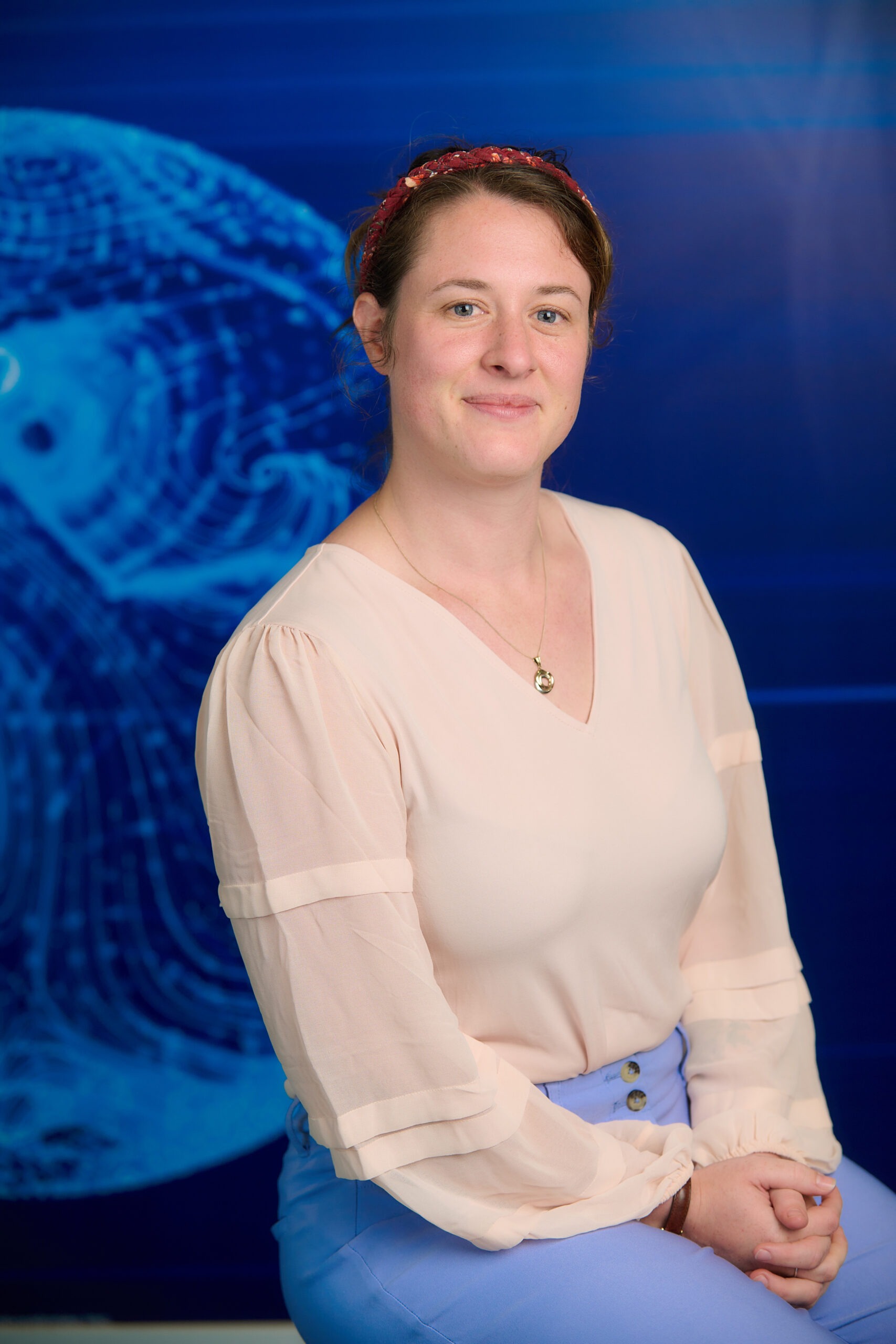 Bronwyn Forrest is a 3rd year PhD student at the University of Waterloo, conducting multi-disciplinary research investigating human physiological response to fire exposure. Bronwyn graduated in 2017 with a BSc. Honours Kinesiology and in 2020 with a MASc. Mechanical & Mechatronics Engineering (Heat Release Rate in Ventilation-Limited Furniture Fires) before merging her two degrees in her PhD research. As a senior graduate student in the Fire Research Group, Bronwyn spear-heads large-scale fire experiments, mentors junior graduate and undergraduate students, and has recently set-up a new ‘human exposure lab’ at the Fire Research Facility where she leads new research in that area. Since her induction into the world of fire science, Bronwyn has grown more and more passionate about the multi-faceted nature of emerging fire safety challenges. Through innovative research, she hopes to make meaningful contributions that help shape changes to fire safety over the course of her career.
Bronwyn Forrest is a 3rd year PhD student at the University of Waterloo, conducting multi-disciplinary research investigating human physiological response to fire exposure. Bronwyn graduated in 2017 with a BSc. Honours Kinesiology and in 2020 with a MASc. Mechanical & Mechatronics Engineering (Heat Release Rate in Ventilation-Limited Furniture Fires) before merging her two degrees in her PhD research. As a senior graduate student in the Fire Research Group, Bronwyn spear-heads large-scale fire experiments, mentors junior graduate and undergraduate students, and has recently set-up a new ‘human exposure lab’ at the Fire Research Facility where she leads new research in that area. Since her induction into the world of fire science, Bronwyn has grown more and more passionate about the multi-faceted nature of emerging fire safety challenges. Through innovative research, she hopes to make meaningful contributions that help shape changes to fire safety over the course of her career.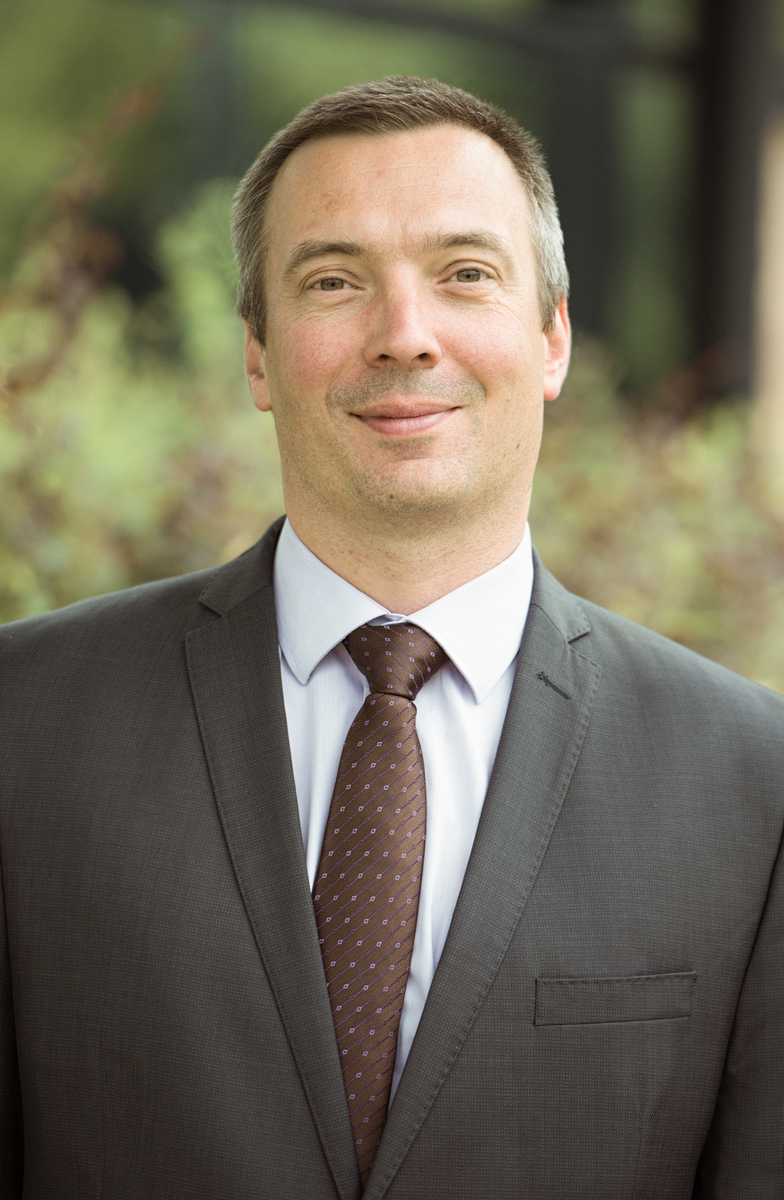 Dr. (HDR) Eric Guillaume has worked in fire sciences since 1998. He formerly led the fire behaviour department of SNCF (French Railway), then changed company in 2005 to join LNE (The French National Laboratory for Testing and Metrology) as head of Fire safety studies department, and later as head of research for whole testing activities of LNE. Nowadays (since 2015), he works for Efectis France, first as Technical Director and more recently as General Manager of the company, leading one of the most important fire testing and fire safety engineering companies in Europe (With approx. 180 people and 28 M€ turnover)
Dr. (HDR) Eric Guillaume has worked in fire sciences since 1998. He formerly led the fire behaviour department of SNCF (French Railway), then changed company in 2005 to join LNE (The French National Laboratory for Testing and Metrology) as head of Fire safety studies department, and later as head of research for whole testing activities of LNE. Nowadays (since 2015), he works for Efectis France, first as Technical Director and more recently as General Manager of the company, leading one of the most important fire testing and fire safety engineering companies in Europe (With approx. 180 people and 28 M€ turnover)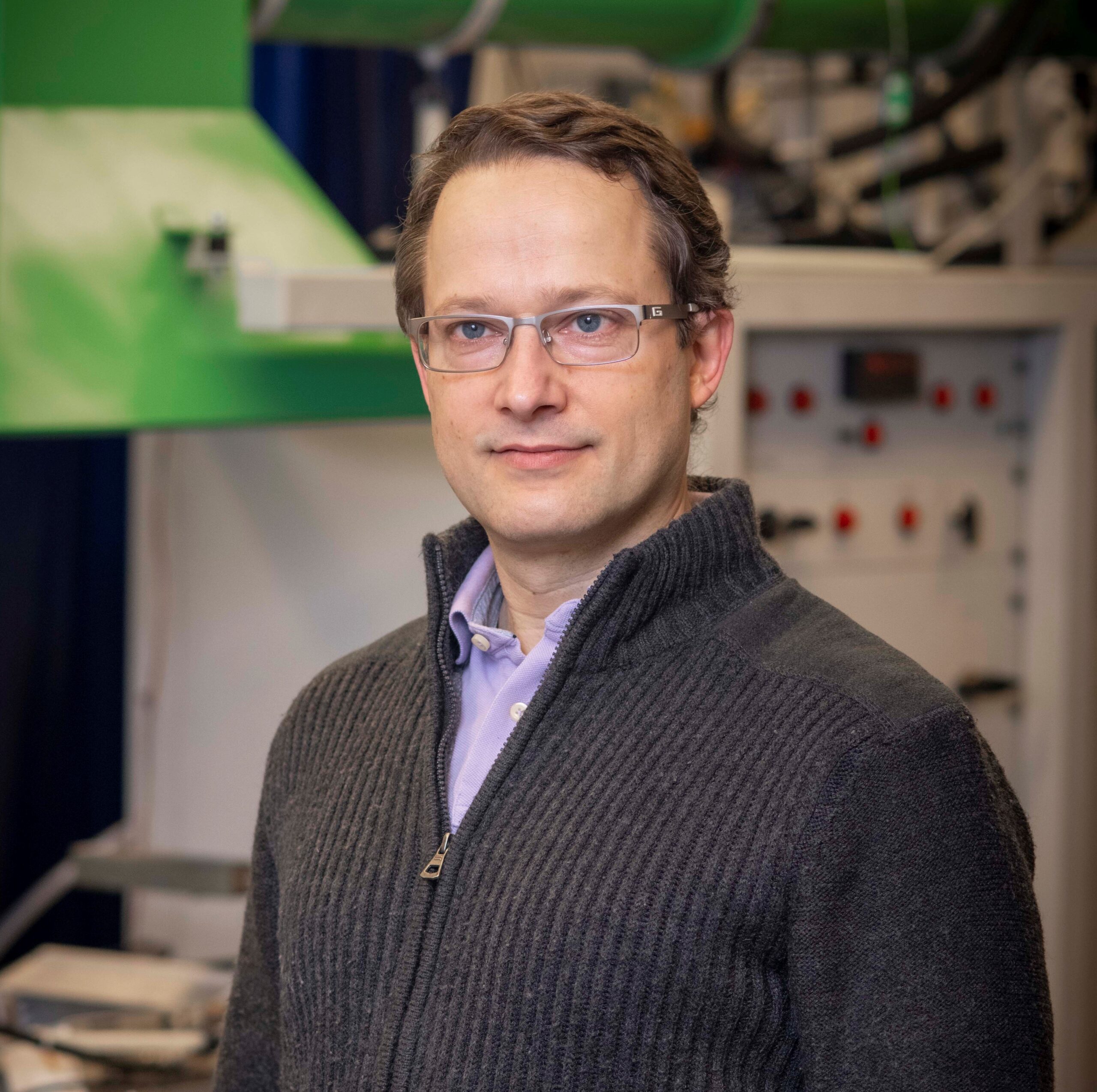 Dr. Albert Simeoni is Professor and the Department Head of Fire Protection Engineering at Worcester Polytechnic Institute (WPI). He is the WPI site director of the Wildfire Interdisciplinary Research Center (WIRC), an Industry-University Cooperative Research Center (IUCRC) of the National Science Foundation (NSF) in the United States. Dr. Simeoni has served IAFSS by being chair or co-chair of the Wildland Fire track (2014, 2020 and 2023), Co-chair of the Awards Committee for the Best Thesis Awards (2023), Associate-Editor of Fire Safety Journal (2010-2015), member of the Editorial Board of Fire Safety Journal (since 2016), and Contributing Editor of Fire Safety Science News (since 2011).
Dr. Albert Simeoni is Professor and the Department Head of Fire Protection Engineering at Worcester Polytechnic Institute (WPI). He is the WPI site director of the Wildfire Interdisciplinary Research Center (WIRC), an Industry-University Cooperative Research Center (IUCRC) of the National Science Foundation (NSF) in the United States. Dr. Simeoni has served IAFSS by being chair or co-chair of the Wildland Fire track (2014, 2020 and 2023), Co-chair of the Awards Committee for the Best Thesis Awards (2023), Associate-Editor of Fire Safety Journal (2010-2015), member of the Editorial Board of Fire Safety Journal (since 2016), and Contributing Editor of Fire Safety Science News (since 2011). Brian J. Meacham, PhD, PE (CT&MA), EUR ING, CEng (UK), FIFireE, FSFPE, is the Managing Principal of Meacham Associates. He develops risk-informed performance-based solutions to complex building and infrastructure challenges, provides peer-review services, and undertakes building and fire regulatory system studies. He also conducts research in these areas as well as in sustainable and fire resilient built environments and fire safety technologies. Brian has authored more than 300 publications, given more than 300 presentations and has been awarded more than $4M in research funding. His prior positions include Associate Professor of Fire Protection Engineering at Worcester Polytechnic Institute, Principal at Arup, Technical Director and Research Director at SFPE, and fire safety engineer in Europe and the USA. Brian is Chair of the ICC Performance Code Committee, Chair of the NFPA Technical Committee on Fire Risk Assessment Methods, Immediate Past Chair of the International Association for Fire Safety Science (IAFSS), a Past President of the SFPE, and a past Chair of the Inter-jurisdictional Regulatory Collaboration Committee (IRCC). He is a licensed Professional Engineer in CT and MA, a Chartered Engineer and Fellow of the Institution of Fire Engineers (UK), a registered European Engineer (EUR ING), a Fellow of the SFPE, and a Fulbright Global Scholar.
Brian J. Meacham, PhD, PE (CT&MA), EUR ING, CEng (UK), FIFireE, FSFPE, is the Managing Principal of Meacham Associates. He develops risk-informed performance-based solutions to complex building and infrastructure challenges, provides peer-review services, and undertakes building and fire regulatory system studies. He also conducts research in these areas as well as in sustainable and fire resilient built environments and fire safety technologies. Brian has authored more than 300 publications, given more than 300 presentations and has been awarded more than $4M in research funding. His prior positions include Associate Professor of Fire Protection Engineering at Worcester Polytechnic Institute, Principal at Arup, Technical Director and Research Director at SFPE, and fire safety engineer in Europe and the USA. Brian is Chair of the ICC Performance Code Committee, Chair of the NFPA Technical Committee on Fire Risk Assessment Methods, Immediate Past Chair of the International Association for Fire Safety Science (IAFSS), a Past President of the SFPE, and a past Chair of the Inter-jurisdictional Regulatory Collaboration Committee (IRCC). He is a licensed Professional Engineer in CT and MA, a Chartered Engineer and Fellow of the Institution of Fire Engineers (UK), a registered European Engineer (EUR ING), a Fellow of the SFPE, and a Fulbright Global Scholar. Kazunori Harada is a professor of architecture & architectural engineering at Kyoto University, Japan. He has a career in fire research for over 35 years. He has authored 14 IAFSS symposium papers. His expertise covers the fire resistance of construction materials, smoke movement and control, burning of combustibles in open and compartment, performance-based code & design of buildings and so on. He serves as a vice president of AOAFST, Asia-Oceania Association of Fire Science and Technology. He also serves as the Convenor of ISO/TC92/SC4 WG9, calculation methods for fire safety engineering (FSE), which develops calculation standards concerning FSE.
Kazunori Harada is a professor of architecture & architectural engineering at Kyoto University, Japan. He has a career in fire research for over 35 years. He has authored 14 IAFSS symposium papers. His expertise covers the fire resistance of construction materials, smoke movement and control, burning of combustibles in open and compartment, performance-based code & design of buildings and so on. He serves as a vice president of AOAFST, Asia-Oceania Association of Fire Science and Technology. He also serves as the Convenor of ISO/TC92/SC4 WG9, calculation methods for fire safety engineering (FSE), which develops calculation standards concerning FSE.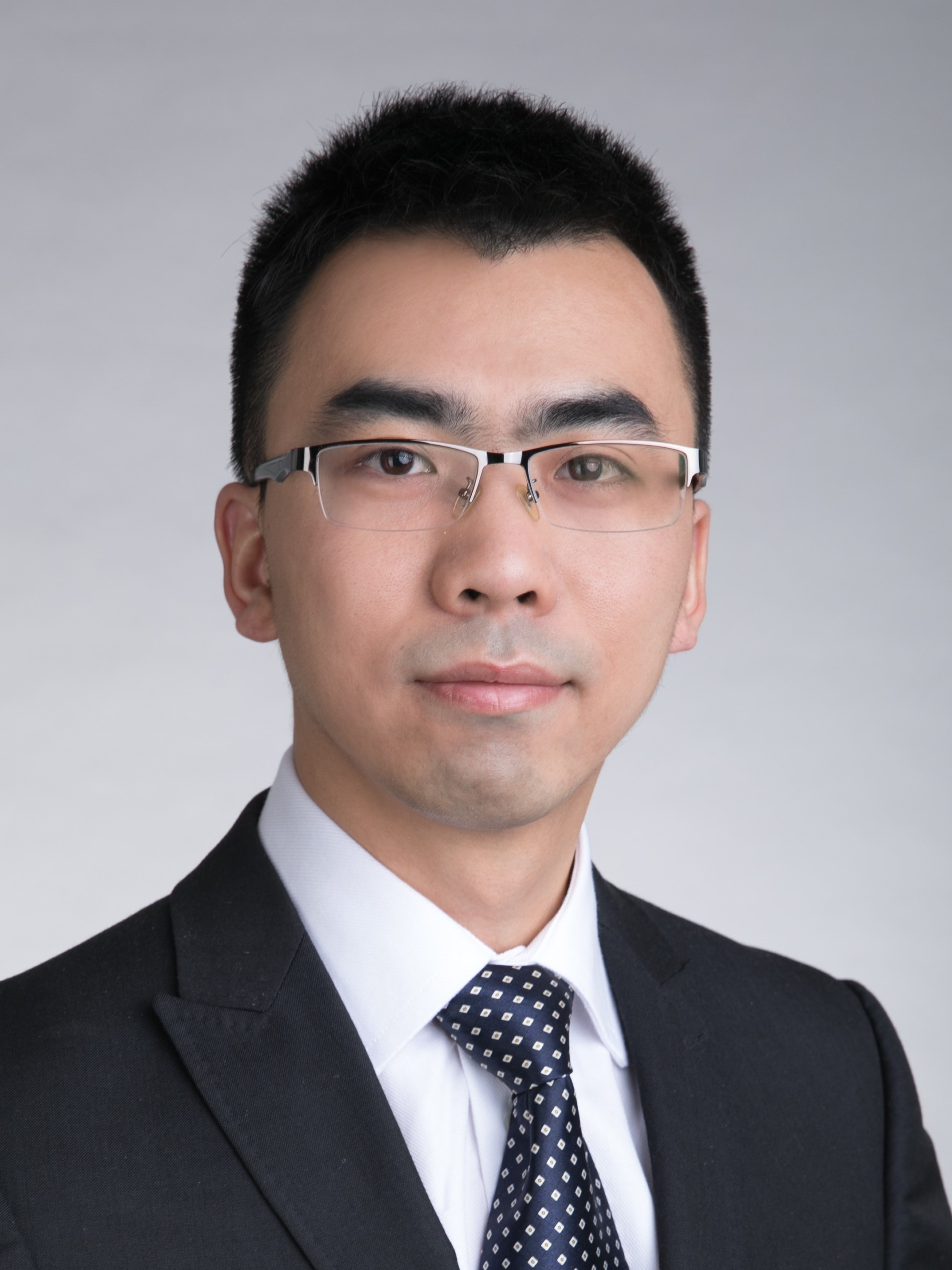 Dr Xinyan Huang is an Associate Professor at The Hong Kong Polytechnic University and the Deputy Director of the Research Centre for Fire Safety Engineering. He received his PhD from Imperial College London, MSc from UC San Diego, and BEng from Southeast University, and was a Postdoc at UC Berkeley. Dr Huang is a Combustion Scientist and a Fire Safety Engineer who has co-authored over 200 journal papers. He is an Associate Editor of Fire Technology and International Journal of Wildland Fire, an editorial member of J. Building Engineering, Fire Safety J. and Fire and Materials, a Chartered Building Services and Fire Engineer, a committee member for HK Fire Safety Code, and a Fire Expert for HK High Court. He receives the NSFC Excellent Young Scientists Fund, Bernard Lewis Fellowship and Sugden Best Paper Award from Combustion Institute, “5 under 35” and Bono Award from the Society of Fire Protection Engineers (SFPE).
Dr Xinyan Huang is an Associate Professor at The Hong Kong Polytechnic University and the Deputy Director of the Research Centre for Fire Safety Engineering. He received his PhD from Imperial College London, MSc from UC San Diego, and BEng from Southeast University, and was a Postdoc at UC Berkeley. Dr Huang is a Combustion Scientist and a Fire Safety Engineer who has co-authored over 200 journal papers. He is an Associate Editor of Fire Technology and International Journal of Wildland Fire, an editorial member of J. Building Engineering, Fire Safety J. and Fire and Materials, a Chartered Building Services and Fire Engineer, a committee member for HK Fire Safety Code, and a Fire Expert for HK High Court. He receives the NSFC Excellent Young Scientists Fund, Bernard Lewis Fellowship and Sugden Best Paper Award from Combustion Institute, “5 under 35” and Bono Award from the Society of Fire Protection Engineers (SFPE).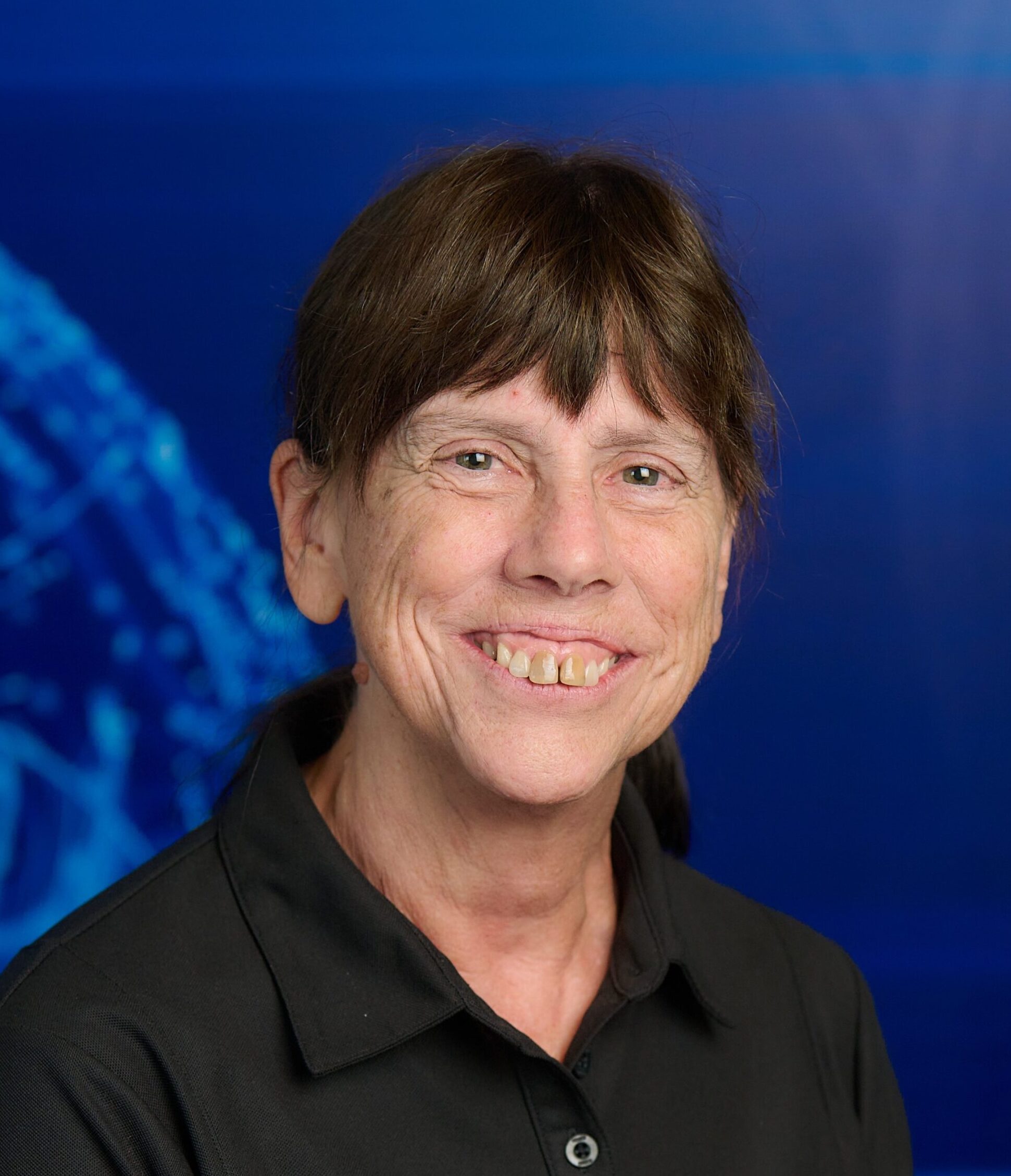
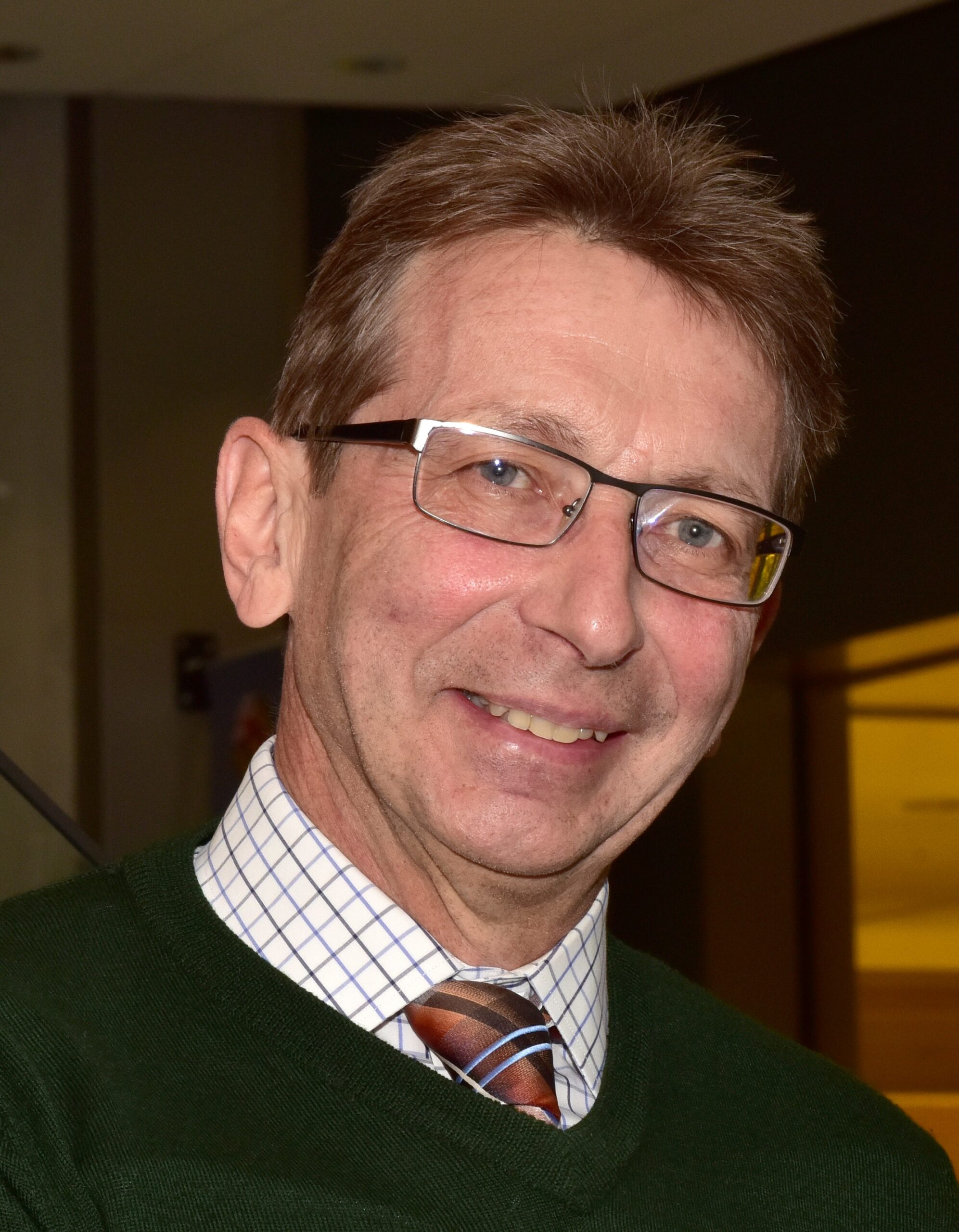 Arnaud Trouvé is Professor and Chair in the Department of Fire Protection Engineering at the University of Maryland in College Park, USA. He joined the Faculty in 2001 with a Ph.D. (1989) and Engineering Degree (1985) from École Centrale of Paris, France, and with previous experience as a combustion research engineer. Professor Trouvé’s research interests include fire modeling and Computational Fluid Dynamics (CFD); application of data assimilation to fire and combustion; and physical modeling of combustion- and fire-related phenomena, including compartment fires, wildland fires and explosions. Professor Trouvé is a Fellow of the Combustion Institute and the recipient of the 2017 FORUM Sjölin Award. He has served on the editorial boards of the Proceedings of the Combustion Institute, Progress in Energy and Combustion Science, Combustion and Flame, and Fire Technology, and is currently on the editorial boards of Combustion Theory and Modelling and the Fire Safety Journal. Professor Trouvé is also a past Chair of the US Eastern States Section of the Combustion Institute (ESSCI) and a past Member of the Executive Board of the International Association for Fire Safety Science (IAFSS). He is a co-Chair of a recent initiative endorsed by IAFSS and called the “IAFSS Working Group on Measurement and Computation of Fire Phenomena” (the MaCFP Working Group) and the past Chair of a new network of leading higher-education institutions and research laboratories in fire safety engineering called the International Fire Safety Consortium (IFSC).
Arnaud Trouvé is Professor and Chair in the Department of Fire Protection Engineering at the University of Maryland in College Park, USA. He joined the Faculty in 2001 with a Ph.D. (1989) and Engineering Degree (1985) from École Centrale of Paris, France, and with previous experience as a combustion research engineer. Professor Trouvé’s research interests include fire modeling and Computational Fluid Dynamics (CFD); application of data assimilation to fire and combustion; and physical modeling of combustion- and fire-related phenomena, including compartment fires, wildland fires and explosions. Professor Trouvé is a Fellow of the Combustion Institute and the recipient of the 2017 FORUM Sjölin Award. He has served on the editorial boards of the Proceedings of the Combustion Institute, Progress in Energy and Combustion Science, Combustion and Flame, and Fire Technology, and is currently on the editorial boards of Combustion Theory and Modelling and the Fire Safety Journal. Professor Trouvé is also a past Chair of the US Eastern States Section of the Combustion Institute (ESSCI) and a past Member of the Executive Board of the International Association for Fire Safety Science (IAFSS). He is a co-Chair of a recent initiative endorsed by IAFSS and called the “IAFSS Working Group on Measurement and Computation of Fire Phenomena” (the MaCFP Working Group) and the past Chair of a new network of leading higher-education institutions and research laboratories in fire safety engineering called the International Fire Safety Consortium (IFSC).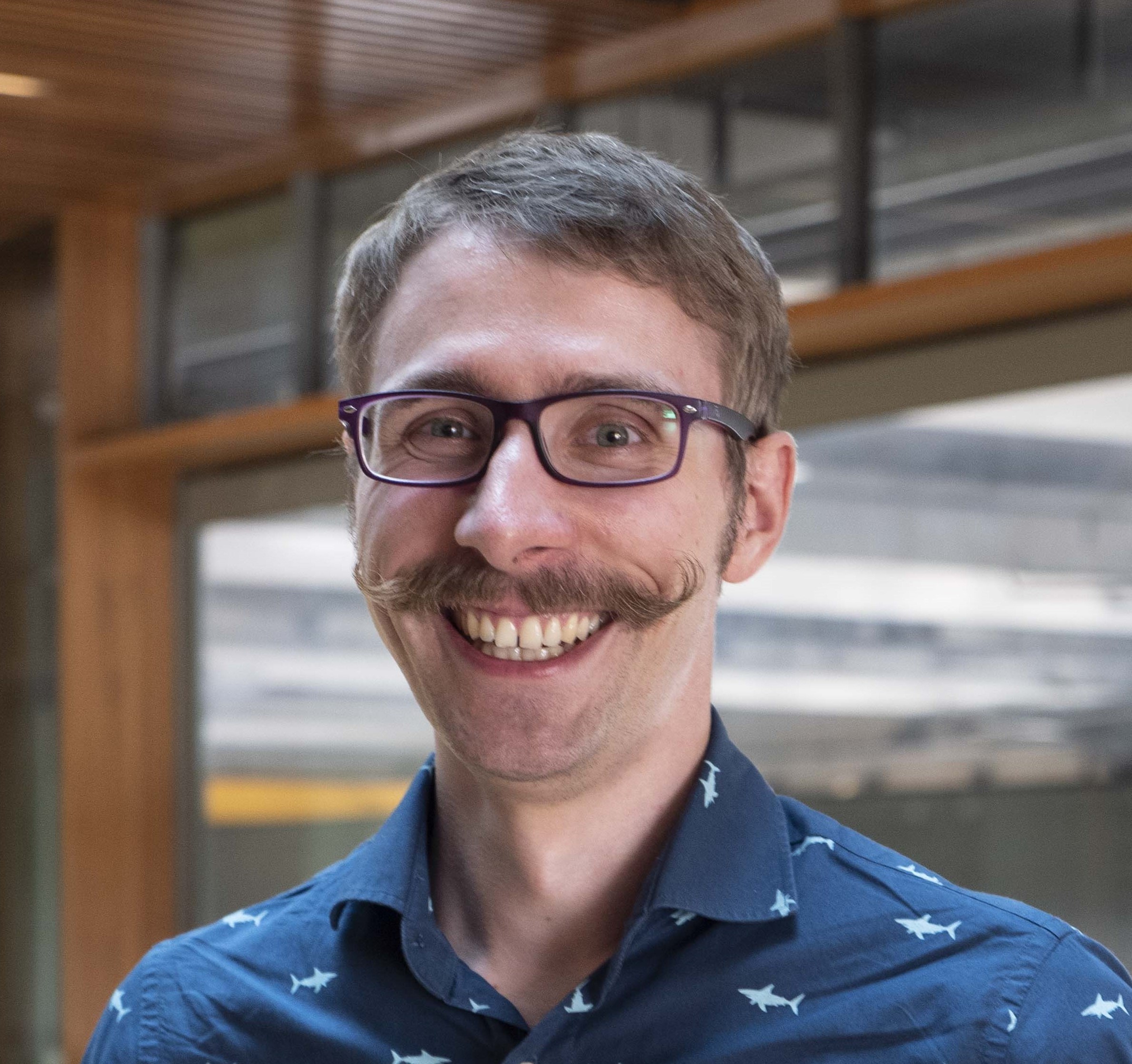 Dr Felix Wiesner is an Assistant Professor at the University of British Columbia and study the role of engineered timber in fire safety. I work in the Faculty of Forestry as part of the Wood Science department. My research focus has mostly been experimental, considering fire dynamics in timber compartments and the structural fire capacity of engineered timber products. In addition, I am interested in the performance of timber in exterior building or infrastructure setting. This closely interfaces with wildfire considerations for the wildland urban interface (WUI), especially when it comes to smouldering.
Dr Felix Wiesner is an Assistant Professor at the University of British Columbia and study the role of engineered timber in fire safety. I work in the Faculty of Forestry as part of the Wood Science department. My research focus has mostly been experimental, considering fire dynamics in timber compartments and the structural fire capacity of engineered timber products. In addition, I am interested in the performance of timber in exterior building or infrastructure setting. This closely interfaces with wildfire considerations for the wildland urban interface (WUI), especially when it comes to smouldering. Prof. Yuji Nakamura is Full Professor in Department of Mechanical Engineering, Toyohashi University of Technology (TUT), appointed as Affiliate Full Professor in Center for Fire Science and Technology, Tokyo University of Science (since 2014). He currently serves the Head of Energy Conversion Laboratory and appointed as Department Chair since 2024. Prof. Nakamura has made professional service in Fire Science Community served as Management Committee of IAFSS during 2021-2023, worked as Co-chair of LOC in the most recent IAFSS symposium at Tsukuba, acting Associate Editor of Fire Technology since 2014 and board member of Fire Safety Journal since 2017.
Prof. Yuji Nakamura is Full Professor in Department of Mechanical Engineering, Toyohashi University of Technology (TUT), appointed as Affiliate Full Professor in Center for Fire Science and Technology, Tokyo University of Science (since 2014). He currently serves the Head of Energy Conversion Laboratory and appointed as Department Chair since 2024. Prof. Nakamura has made professional service in Fire Science Community served as Management Committee of IAFSS during 2021-2023, worked as Co-chair of LOC in the most recent IAFSS symposium at Tsukuba, acting Associate Editor of Fire Technology since 2014 and board member of Fire Safety Journal since 2017. ROGAUME Thomas is an Professor at the University of Poitiers – Pprime Institute (UPR3346 CNRS), FRANCE.
ROGAUME Thomas is an Professor at the University of Poitiers – Pprime Institute (UPR3346 CNRS), FRANCE.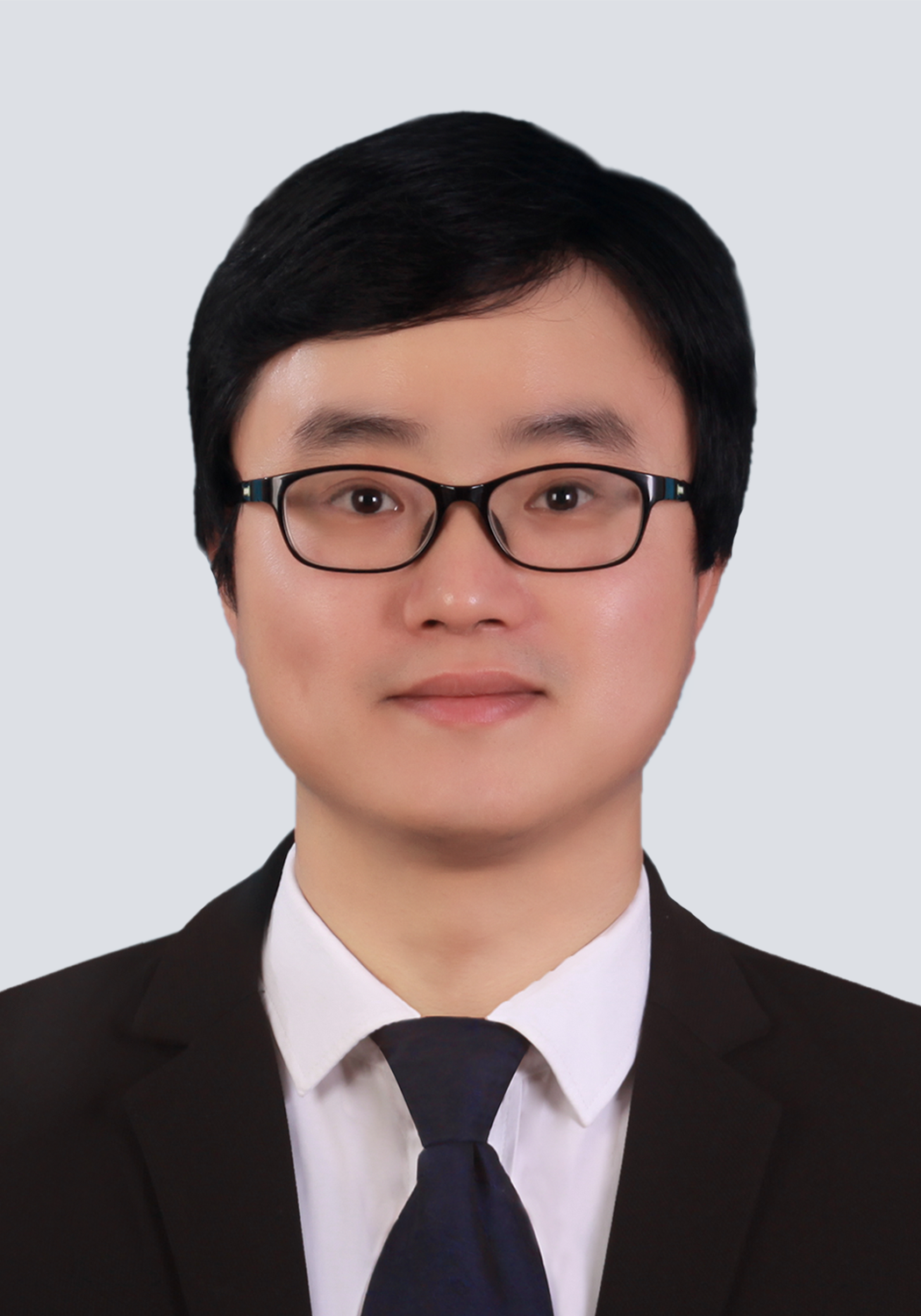 Yu Wang is a professor at the State Key Laboratory of Fire Science, University of Science and Technology of China (USTC). He got joint Ph.D. from USTC and the City University of Hong Kong in 2016 and had working experience at the University of Edinburgh, Worcester Polytechnic Institute and National University of Singapore before returning to China in 2020. His primary research areas are high-rise building fire and large outdoor fire. Yu has published over 50 SCI journal papers, and is currently an Associate Editor in Fire Technology and Editorial Board Member in Fire Safety Journal. He initiated the first English fire course at USTC, Introduction of Fire Dynamics, reported by China News and People’s Daily Online (over 260,000 audiences). In recent years, he has received SFPE Global 5 Under 35 Award, Youth May Fourth Medal (Anhui Province), Young Faculty Career Award (USTCAF), and some Best Paper/Presentation/Poster/Image Awards in IAFSS or AOSFST.
Yu Wang is a professor at the State Key Laboratory of Fire Science, University of Science and Technology of China (USTC). He got joint Ph.D. from USTC and the City University of Hong Kong in 2016 and had working experience at the University of Edinburgh, Worcester Polytechnic Institute and National University of Singapore before returning to China in 2020. His primary research areas are high-rise building fire and large outdoor fire. Yu has published over 50 SCI journal papers, and is currently an Associate Editor in Fire Technology and Editorial Board Member in Fire Safety Journal. He initiated the first English fire course at USTC, Introduction of Fire Dynamics, reported by China News and People’s Daily Online (over 260,000 audiences). In recent years, he has received SFPE Global 5 Under 35 Award, Youth May Fourth Medal (Anhui Province), Young Faculty Career Award (USTCAF), and some Best Paper/Presentation/Poster/Image Awards in IAFSS or AOSFST.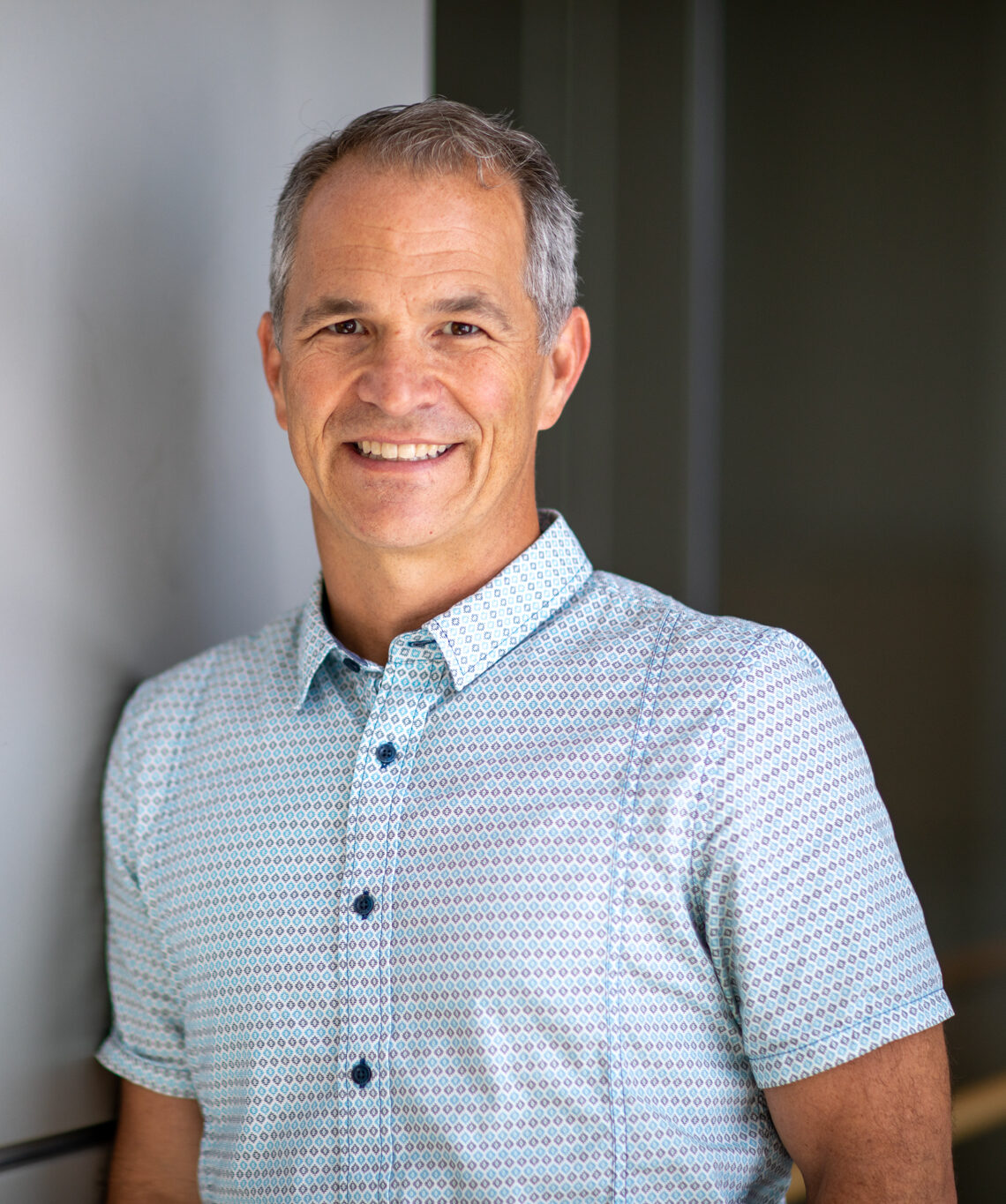 Brian Lattimer, Ph.D. is a Professor in Mechanical Engineering at Virginia Tech where he performs experimental and computational research on fire safety and disaster resilience. He has nearly 30 years of experience in fire related research. His research areas include material behavior in fires, fire dynamics, suppression agents, heat transfer from fires to surfaces, structural response during fire, and firefighting technology.
Brian Lattimer, Ph.D. is a Professor in Mechanical Engineering at Virginia Tech where he performs experimental and computational research on fire safety and disaster resilience. He has nearly 30 years of experience in fire related research. His research areas include material behavior in fires, fire dynamics, suppression agents, heat transfer from fires to surfaces, structural response during fire, and firefighting technology.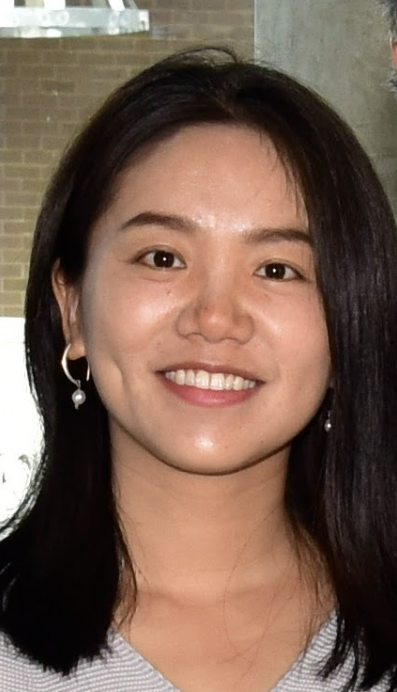 Dr. Shuna Ni is an Assistant Professor in the Department of Fire Protection Engineering at the University of Maryland, College Park. She received her Ph.D. degree at Texas A&M University in 2018 and her Master’s degree at Tongji University in 2013. Dr. Ni’s research focuses on fire forensics, structural fire engineering, WUI fire resilience, fire safety of tall mass-timber buildings and fire-related multiple hazards. Her research has been funded by National Science Foundation, National Institute of Justice, Fire Protection Research Foundation, University Transportation Centers under the Department of Transportation, Grand Challenges Grants Program at the University of Maryland and industrial partners.
Dr. Shuna Ni is an Assistant Professor in the Department of Fire Protection Engineering at the University of Maryland, College Park. She received her Ph.D. degree at Texas A&M University in 2018 and her Master’s degree at Tongji University in 2013. Dr. Ni’s research focuses on fire forensics, structural fire engineering, WUI fire resilience, fire safety of tall mass-timber buildings and fire-related multiple hazards. Her research has been funded by National Science Foundation, National Institute of Justice, Fire Protection Research Foundation, University Transportation Centers under the Department of Transportation, Grand Challenges Grants Program at the University of Maryland and industrial partners.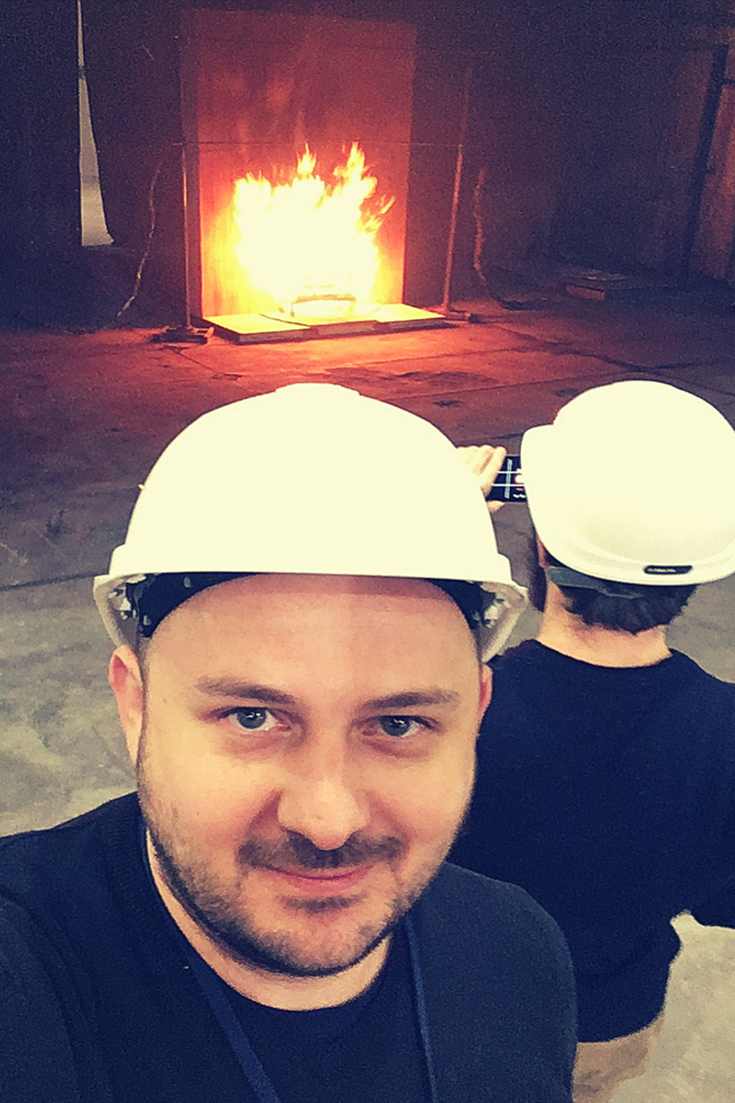 Dr Wojciech Węgrzyński is with ITB, that is the Polish Building Research Institute in Warsaw. He currently holds the position of the Deputy Head of Fire Research Department and the Professor of the Institute, and a Director at SFPE Europe. He is the Author of 40 peer-reviewed papers published in all of the primary FSE journals. His main area of interest is the fundamentals of compartment fire dynamics and standardized fire testing, and also: use of computational fluid dynamics in fire, wind and fire interaction and evaluation of the effects of the spread of smoke in buildings. His research is focused on the impact of the architectural context of the building on the smoke control performance, as well as finding solutions to make the smoke exhaust systems cheaper and more efficient. Member of the Sub-committee for Research of the IAFSS. 2018 NFPA Harry C. Bigglestone Award Recipient; 2019 Jack Watts Award Recipient; 2020 SFPE 5 Under 35 Award Recipient. Member of Editorial Board of ‘Fire Technology. Hosts a fire podcast at
Dr Wojciech Węgrzyński is with ITB, that is the Polish Building Research Institute in Warsaw. He currently holds the position of the Deputy Head of Fire Research Department and the Professor of the Institute, and a Director at SFPE Europe. He is the Author of 40 peer-reviewed papers published in all of the primary FSE journals. His main area of interest is the fundamentals of compartment fire dynamics and standardized fire testing, and also: use of computational fluid dynamics in fire, wind and fire interaction and evaluation of the effects of the spread of smoke in buildings. His research is focused on the impact of the architectural context of the building on the smoke control performance, as well as finding solutions to make the smoke exhaust systems cheaper and more efficient. Member of the Sub-committee for Research of the IAFSS. 2018 NFPA Harry C. Bigglestone Award Recipient; 2019 Jack Watts Award Recipient; 2020 SFPE 5 Under 35 Award Recipient. Member of Editorial Board of ‘Fire Technology. Hosts a fire podcast at  Jennifer Wen is currently Professor of Energy Resilience in the School of Mechanical Engineering Sciences, University of Surrey as Professor. Previously, Jennifer held positions at Computational Dynamics Limited (founding vendor of STAR-CCM), British Gas plc, South Bank University, Kingston University London, and University of Warwick. She is a Fellow of the Institution of Mechanical Engineers and Vice-Chair for Research for the International Association for Fire Safety Science. Jennifer is also a member and sub-task leader of the European Safety Panel on Hydrogen Safety (EHSP) established by the Fuel Cell and Hydrogen Joint Undertaking (now Clean Hydrogen Partnership) of the European Commission. She is an Associate Editor for the Proceedings of the Combustion Institute.
Jennifer Wen is currently Professor of Energy Resilience in the School of Mechanical Engineering Sciences, University of Surrey as Professor. Previously, Jennifer held positions at Computational Dynamics Limited (founding vendor of STAR-CCM), British Gas plc, South Bank University, Kingston University London, and University of Warwick. She is a Fellow of the Institution of Mechanical Engineers and Vice-Chair for Research for the International Association for Fire Safety Science. Jennifer is also a member and sub-task leader of the European Safety Panel on Hydrogen Safety (EHSP) established by the Fuel Cell and Hydrogen Joint Undertaking (now Clean Hydrogen Partnership) of the European Commission. She is an Associate Editor for the Proceedings of the Combustion Institute.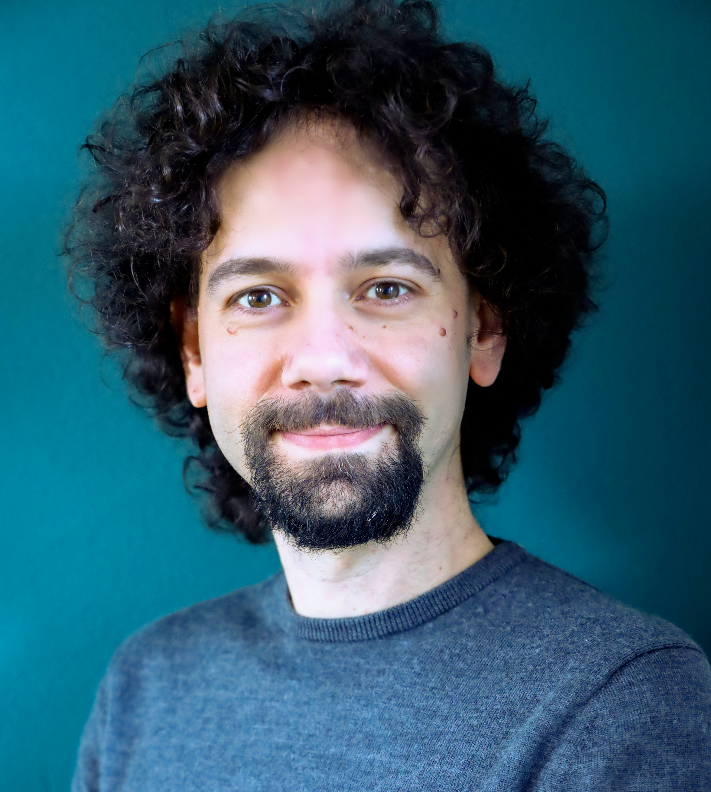 Enrico Ronchi is an Associate Professor at Lund University, Sweden. His research and education activities are focused on evacuation and human behaviour in case of building fires and wildfires. His work has been published in over 150 publications (including >90 peer-reviewed journal papers). He is currently Associate Editor for the journals Fire Technology and Safety Science and member of the editorial board of the Fire Safety Journal.
Enrico Ronchi is an Associate Professor at Lund University, Sweden. His research and education activities are focused on evacuation and human behaviour in case of building fires and wildfires. His work has been published in over 150 publications (including >90 peer-reviewed journal papers). He is currently Associate Editor for the journals Fire Technology and Safety Science and member of the editorial board of the Fire Safety Journal.